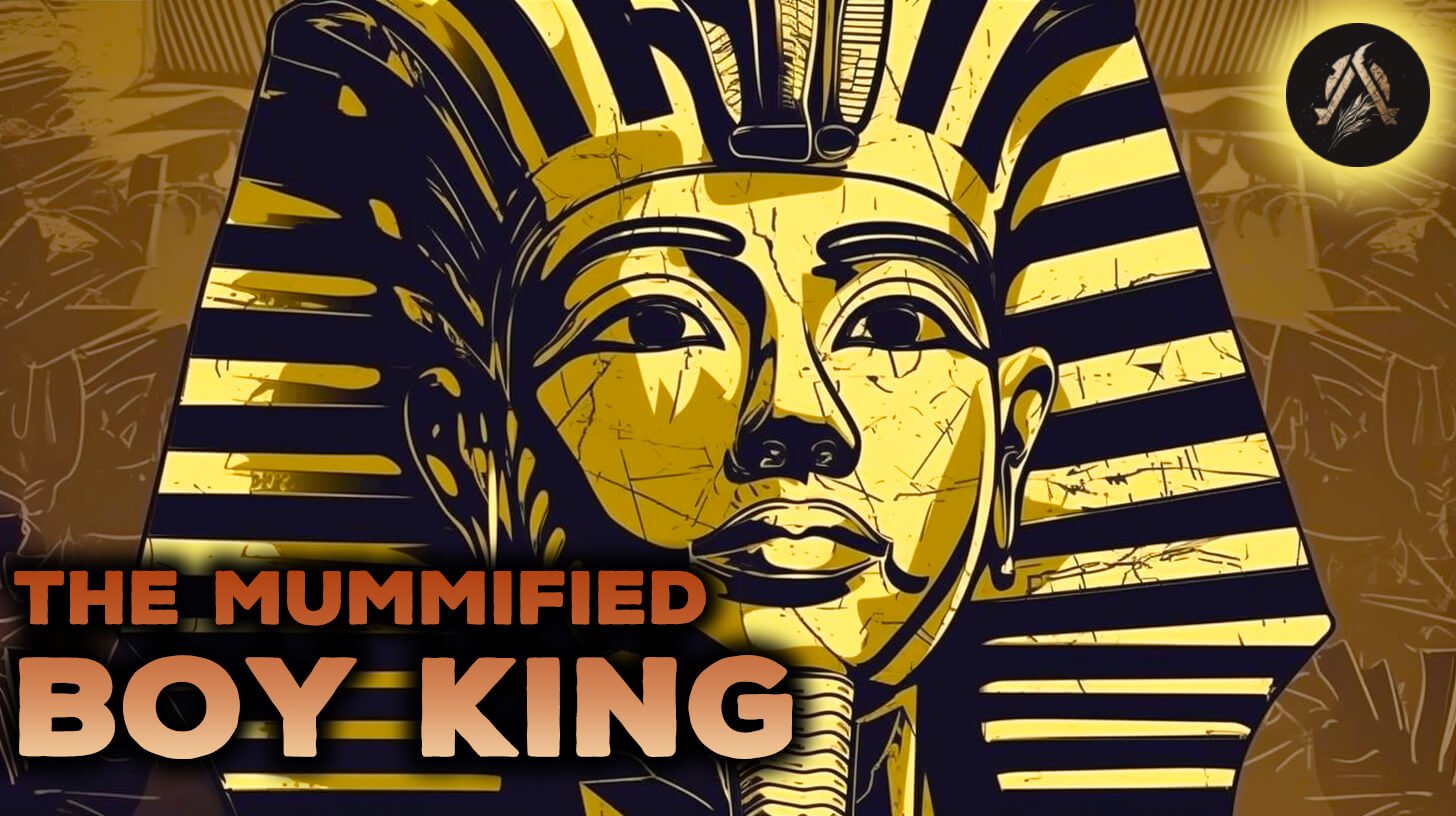The Mummified Boy King: Uncovering the Secrets of Tutankhamun's Remains
In the 20th century, one of the most important archaeological finds was the tomb of Tutankhamun, also known as King Tut. In the Valley of the Kings in Egypt in 1922, British archaeologist Howard Carter uncovered the nearly intact tomb of the Egyptian pharaoh Tutankhamun. The tomb held a plethora of artifacts, including Tutankhamun's famous solid gold mask, one of the most recognizable artifacts from ancient Egypt.
Egypt's 18th dynasty was led by Tutankhamun, who reigned from 1332 to 1323 BCE. Because of his early accession to the throne and short reign, he is also known as the "Boy King." Since his tomb was discovered, Tutankhamun's legacy has endured despite his short reign.
Tutankhamun's tomb was unearthed in the Valley of the Kings, an Egyptian royal necropolis on the western bank of the Nile. Many New Kingdom pharaohs are buried in the Valley of the Kings, including the boy king Tutankhamun. Howard Carter, who had been looking for the tomb for a long time, finally located it.
Carter found the tomb to be remarkably complete, with nearly all of the artifacts still in place. One of the most recognizable artifacts from ancient Egypt is the solid gold mask of Tutankhamun, which was discovered in the tomb. The mask depicts the pharaoh's face in full detail, complete with the traditional headdress and the cobra symbol, and is made of solid gold.
The tomb held many priceless artifacts, including the mask, jewelry, furniture, statues, and even chariots. Several shrines served to guard the pharaoh's body within the tomb. Intricate hieroglyphs and paintings adorned the tomb's walls, providing a window into ancient Egyptian religion and art.
Many questions about the Boy King's life and the contents of his tomb remain unanswered, despite the tomb's abundance of artifacts.
The reason for King Tut's death is a major unsolved mystery in his tomb. Experts have not been able to agree on a clear explanation for the death, with theories ranging from natural causes to murder despite extensive investigation. Tutankhamun's mummified body was discovered with several broken bones and a missing heart, which has only added to the speculation about his death.
Discovering Tutankhamun's tomb revolutionized Egyptology and the study of ancient civilizations. It was the first time an unbroken pharaoh's tomb had been uncovered, and it yielded a wealth of knowledge about ancient Egyptian religion, philosophy, and lifestyle. In addition to reviving curiosity about Egyptology and ancient Egypt, the discovery also inspired a wave of media attention.
Tourism-wise, the discovery of Tutankhamun's tomb was also pivotal. The world's attention was drawn to Egypt after the tomb was discovered, and the country has since risen to prominence as a top tourist destination. It is one of the most popular tourist destinations in all of Egypt, and the tomb is open to the public.
In sum, the discovery of Tutankhamun's tomb ranks among the most momentous in the history of Egyptology. This tomb was uncovered in 1922 by British archaeologist Howard Carter, who found it in remarkably good condition.







